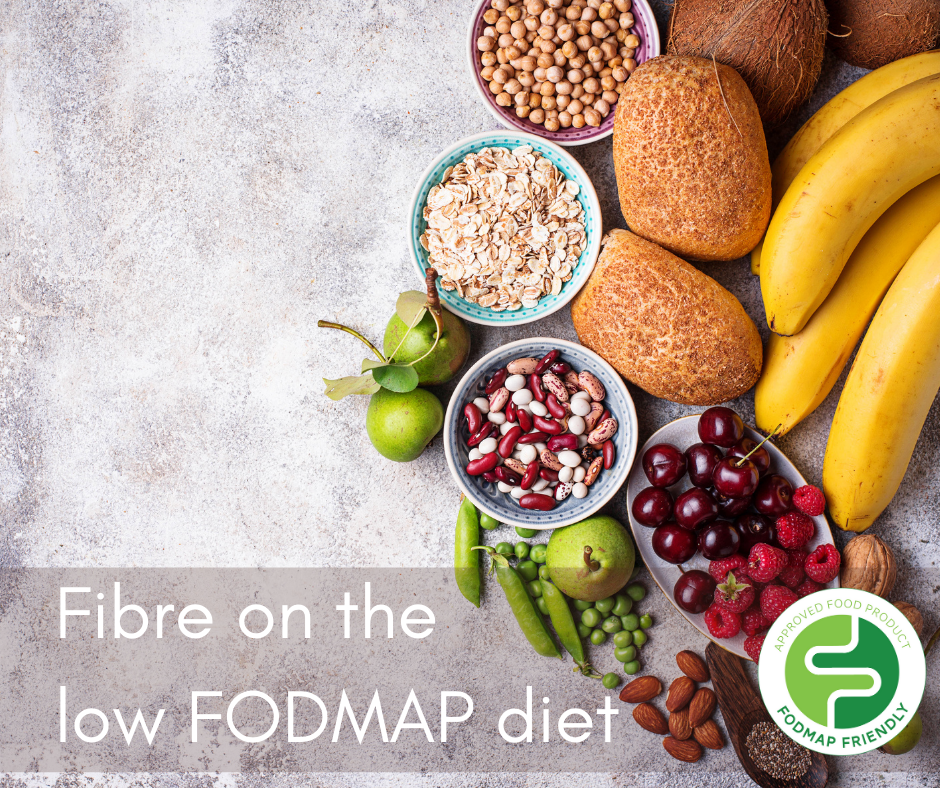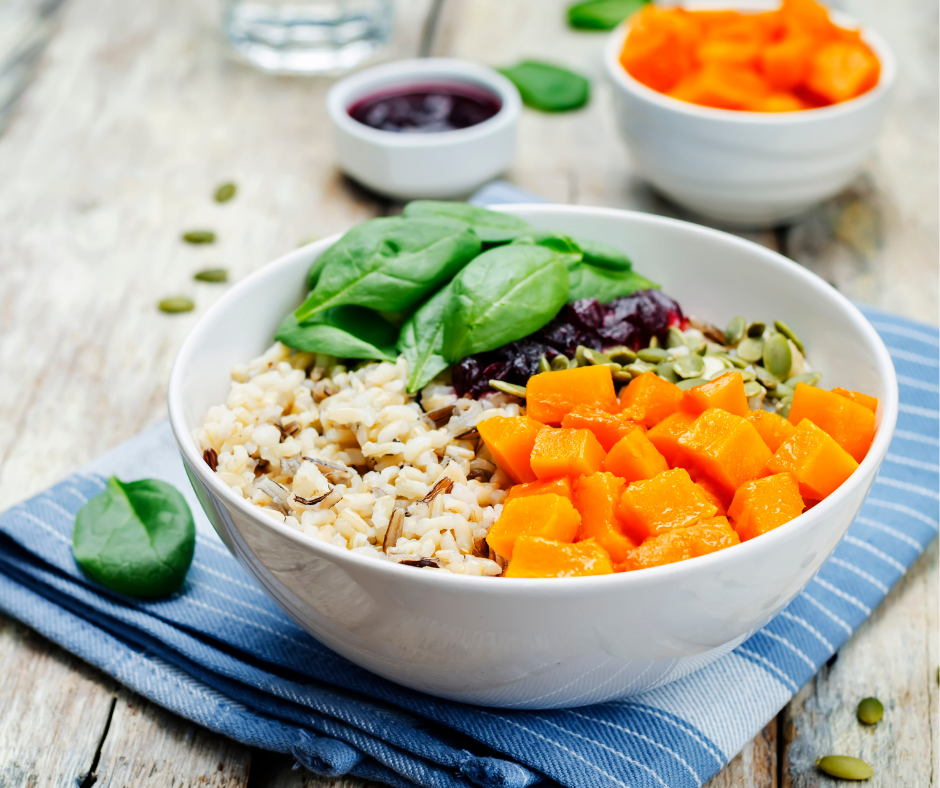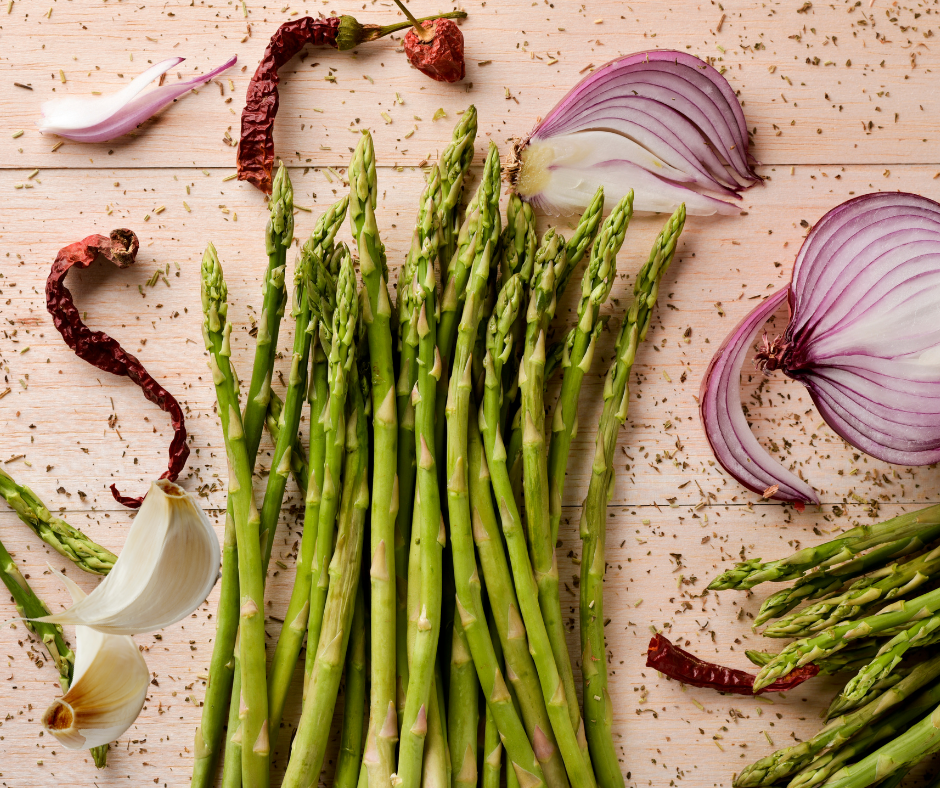How to Get Enough ‘Safe’ Fibre on a Low FODMAP Diet
Posted on December 09, 2020
Fibre is an important part of a healthy lifestyle as it can help reduce cholesterol, maintain a healthy weight and keep the bowels moving. In addition, fibre can act as a food source for the beneficial bacteria in your gut, which in turn help our bodies digest food and absorb nutrients, as well as produce several vitamins in the intestinal tract — including folic acid, niacin, and vitamins B6 and B12.
Getting the 25-30g recommended daily intake of fibre can be a challenge for most people, but an even bigger challenge for people on a FODMAP diet.
Types of fibre
We can group fibre into insoluble and soluble fibre.
Insoluble fibre
This fibre absorbs water to help soften the stool and thereby supports regular bowel movements. It also supports insulin sensitivity and may help maintain a healthy weight as well as reduce the risk for diabetes.
Including insoluble fibre in your low FODMAP diet can be done by eating spinach, kale, eggplant, green beans, broccoli, brown rice, pumpkin and almonds.
Soluble fibre
This fibre becomes a gel-like paste in your stomach and is able to absorb sugar, fat and cholesterol from other foods, which is how it can help reduce cholesterol, reduce hunger and stabilise blood sugar levels.
Further down in the gut, good bacteria will ferment soluble fibres to produce short-chain fatty acids (SCFA). SCFA are the main source of energy for cells in the colon and have protective effects against obesity and colon cancer.
If you are on a FODMAP diet, you can include soluble fibre in your diet by eating potatoes, brown rice, firm banana, oats, sweet potato or low FODMAP nuts such as ¼ cup of almonds, pecans and macadamia nuts.
Prebiotics and FODMAPs
Some soluble fibre is categorised as prebiotics, which means they act as a food source for the beneficial bacteria in your gut, helping them to grow and maintain a healthy balance of good to bad bacteria.
Prebiotics could potentially be beneficial in a number of other health outcomes beyond the gut and some evidence supports the role of prebiotics in enhanced mineral absorption, colon cancer risk reduction, and immune modulation.
Prebiotics are found in foods such as garlic, onion, asparagus and artichokes. They are all high in FODMAPs making it challenging for anyone on a low FODMAP diet to get enough of the beneficial prebiotic fibre.
Prebiotic fibre supplements such as inulin, fructans and GOS are all high FODMAPs and may therefore cause an adverse reaction in people with IBS.
Low FODMAP prebiotics
Bacteria are key players in achieving a healthy gut and keeping them fed and thriving is always the goal, even when on a low FODMAP diet.
Partially hydrolysed guar gum and acacia gum are both prebiotics that have been shown to increase bifidobacteria and lactobacillus in the gut
Aim to add some fibre to your diet while on a low FODMAP diet. Read the labels on all supplements as some may contain prebiotic fibres such as inulin, fructans and GOS which are all high FODMAPs. Rather look for prebiotics that have been certified as FODMAP Friendly tick such as FEED and Repair by The Gut Cø.
FEED is The Gut Co’s naturopathically formulated blend of prebiotics and probiotics which act as food for your good gut bacteria.
REPAIR is a complete, naturopathically formulated super powder of ‘skin vitamins’ designed to aid in skin health and strengthen your hair and nails. It also aids in strengthening the gut lining which contains 70% of the immune system. You can buy from The Gut Co online www.thegutco.com.au, and be sure to follow them on Instagram @thegut.co and Facebook @TheGutco.
Written by: Pernille Jensen (Naturopath, Clinical Nutritionist)
Reviewed by: Kiarra Martindale (Accredited Practising Dietitian)












